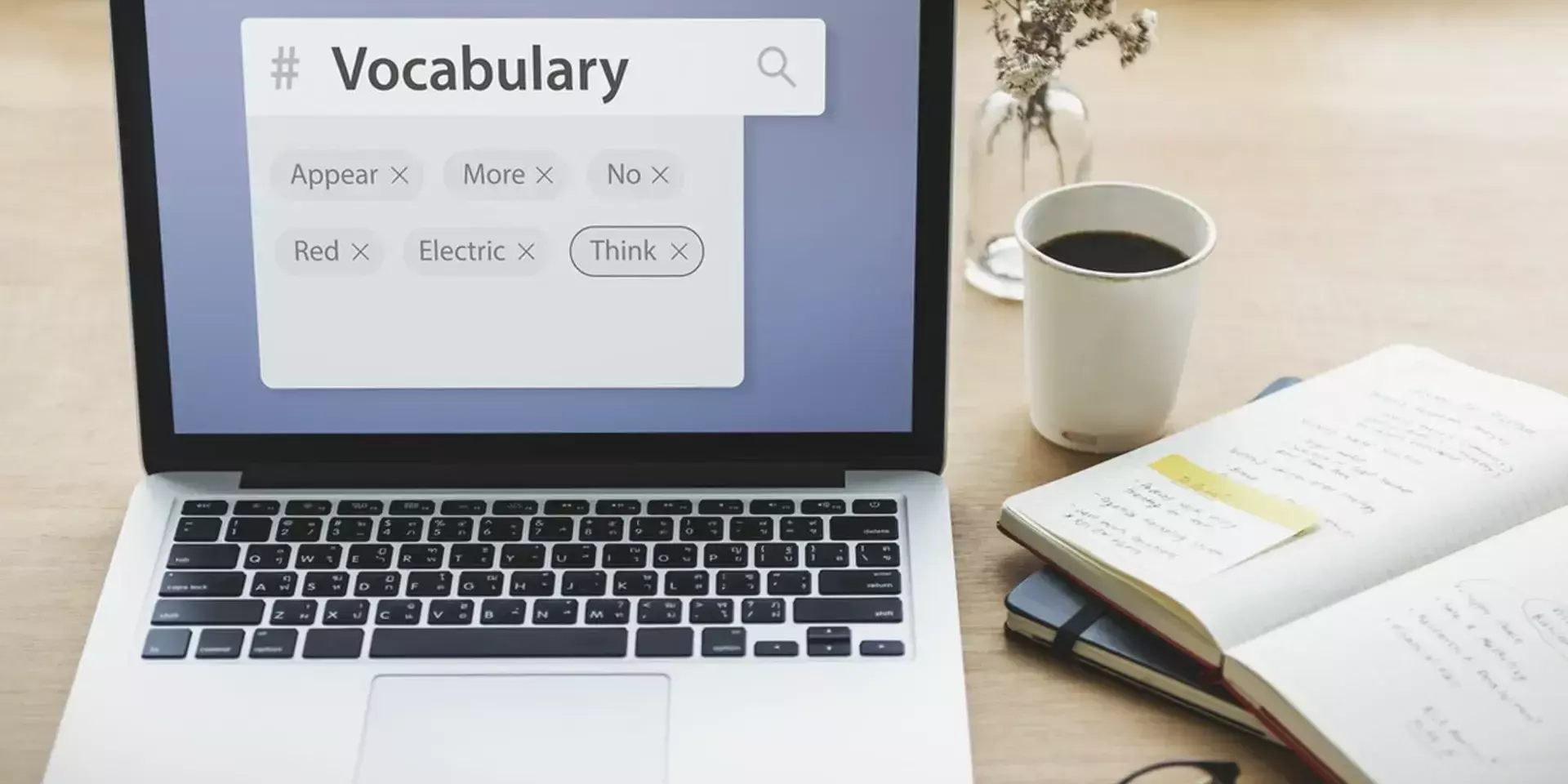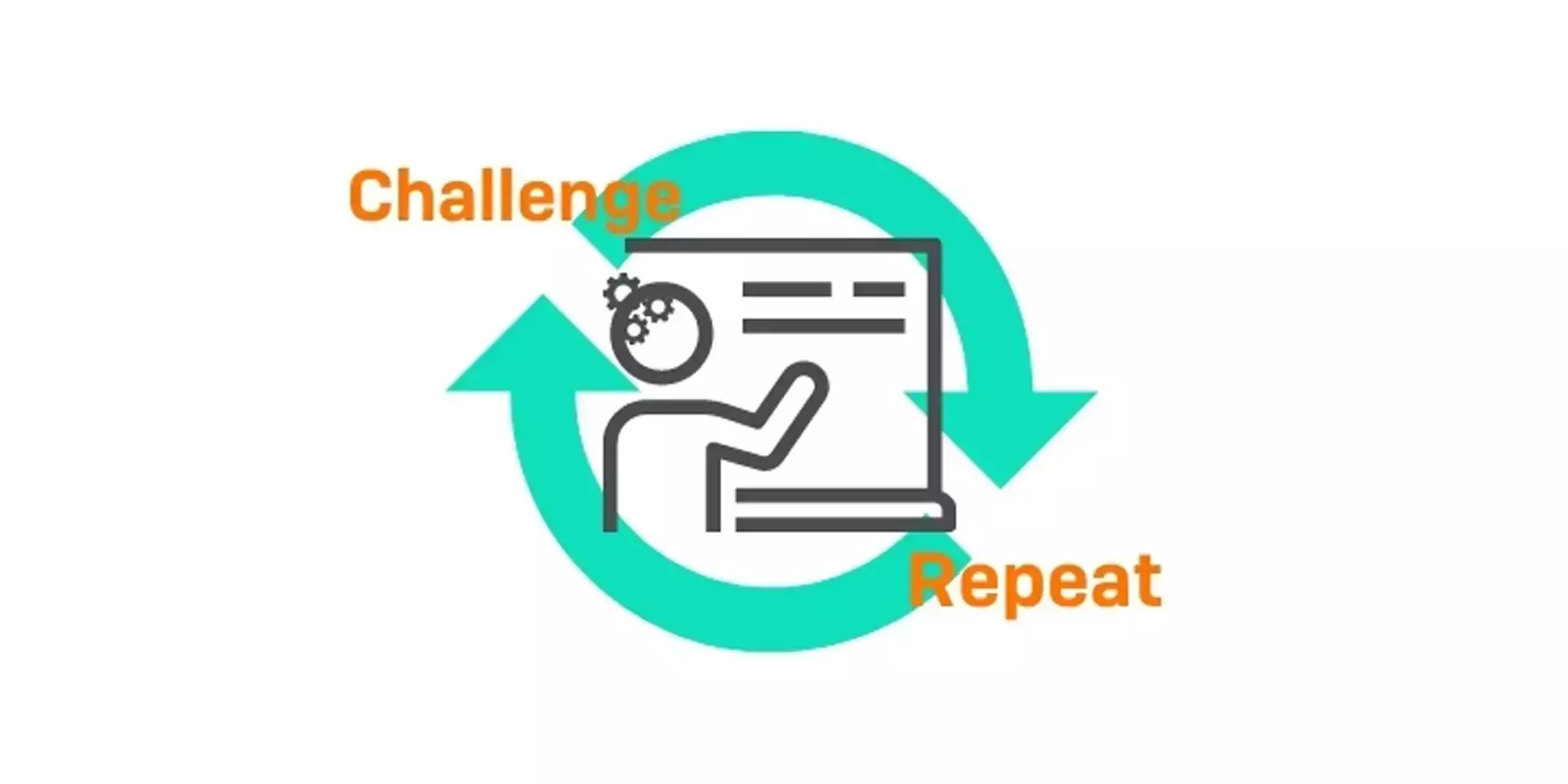Blog
·The Vocabulary Habit

I recently listened to a 'Research ED Home' webinar by Dylan Wiliam titled “Creating Schools our Children Need” and was struck by several things, in particular his thoughts around classroom habits.
A classroom habit realisation
I've been teaching since 2000, and in school leadership capacities for the last 10 years, developing, implementing and quality assuring countless teacher development programmes, but until last week on listening to Dylan Wiliam, I had never really considered our classroom in terms of habits and quite frankly it shook my foundations!
In essence, a habit is a behaviour that has been repeated enough times to become automatic.
Therefore, everything we purposefully and repeatedly do has the potential to become a habit. So, listening to Dylan Wiliam, and with this definition in my head, it led me to think about the habits we form in the classroom and then where those habits come from.
I wasn't born a teacher. I played schools from an incredibly early age, sat at my little orange desk writing names for my class register on the mini blackboard and reprimanding Christopher for being late again. Therefore, you could say the writing was on the wall, but I wasn't born a teacher.
At some point I had to learn the tools of my trade and some of these, as the definition suggests, I repeated enough times to make them automatic and therefore habitual.
How I formed some classroom habits
In my training and early years of teaching I wasn't a natural classroom manager. I learned my trade in wonderful, yet very challenging schools and I was struggling with being able to command my environment in a way that meant I could begin to really explore and ignite my classroom. I was therefore given the opportunity to spend some time with a gentleman called Ian Mawson, who in my eyes back then was God's gift to student relationships! He coached me through numerous situations with teenagers and filled my toolkit with countless hints and tricks to support my classroom management. I practised, I reviewed, I practised some more, I started to see progress. I use that exact same toolkit today but now I do it without even thinking. I habitually use the skills I was taught 20 years ago every time I want to develop my relationships with students. They are an automatic response to the situation and have become my classroom habits.
The vocabulary habit
This then got me thinking further about my passion for the explicit teaching of vocabulary and closing the vocabulary gap within all subjects and key stages across any school and why can't the explicit teaching of vocabulary become one of our classroom habits?
But what actually is a habit and how does it link to closing the vocabulary gap?
To answer that huge question in one blog would be foolish. I have recently read James Clear's book 'Atomic Habits' which carves a very thoughtful and accessible path into the world of habits, which I think transcends into our classroom contexts as a way of developing our thinking on how to change classroom habits and ultimately how to close the vocabulary gap once and for all.
In his book, James Clear speaks of the habit loop which can be summarised into its four parts: Cue, Crave, Response and Reward. 'Cue' triggers your brain to initiate a behaviour. 'Crave' are motivational forces behind every habit. “Without some level of motivation or desire – without craving a change – we have no reason to act”. 'Response' is the performance of the habit which delivers the reward. 'Reward' is the end goal, the feeling of elation when your behaviours have resulted in the desired outcome. Therefore, if we put Clear's habit loop into the context of the classroom and associate it with our desire to close the vocabulary gap, we can see how altering classroom habits are crucial in creating a holistic and explicit approach to the teaching of vocabulary across the curriculum. A scenario for a school leader or individual teacher could be:
Cue – My students are behind. Lockdown has meant some have regressed and I'm worried about the greater gaps in their vocabulary and reading abilities.
Crave – I need them to catch up. I desire for the gap to be closed. I'm sick and tired of students from this community being behind and seen as not as worthy.
Respond – I am actively, purposefully and explicitly going to teach vocabulary to students. I am going to seek support from agencies internally and externally and develop my own toolkit so I can teach vocabulary regardless of the year group or subject in front of me. I will keep repeating this process until it has become my automatic and default mode of teaching and until I can see recognition and progress in my students.
Reward – My students do not have a gap. They can access all of the curriculum and are not disadvantaged due to the pandemic or social differences.
In this scenario, however, the crucial stage is repetition or what I like to call 'Challenge and Repeat'. Anyone who has been through therapeutic services or interventions will know the importance of challenge and repeat. In other words, there's little point in doing something once.

It has to be challenged and repeated time and time again to strengthen those neural pathways and turn an incident into a habit, which leads to automaticity in behaviours and learning.
Challenging our classroom habits
Changing our habits is a long and challenging process but, with training, support, patience and time, we can do it.
It’s also important that we have tools in our toolkit to help us, especially as we are forming new classroom habits, and this is where Lexonik Vocabulary plays such an important role. Many of us weren’t taught how to teach vocabulary in our training, so Lexonik Vocabulary is your cloud-based support tool whilst you are developing this crucial knowledge and understanding. In essence, it’s a morphemic analysis machine, taking the pain out of decoding meaning from academic vocabulary.
Maybe we could once and for all close, or at least narrow, the vocabulary gap if we invest in our teachers and ourselves and develop explicit vocabulary instruction habits within our schools and classrooms.
Lexonik can support you in altering classroom habits and closing the vocabulary gap; our cloud-based resource, Lexonik Vocabulary, is designed to facilitate the explicit teaching of vocabulary, and more, at the touch of a button.
If you feel like you want to learn more about our intervention programmes check them out here or if you’re looking for advice, get in touch.
Sarah Ledger
Lexonik • CEO